Product List
Contact Us
Email:qiao@hvtest.cc
Mobile:+8615871365102
What's app:+8615871365102
-
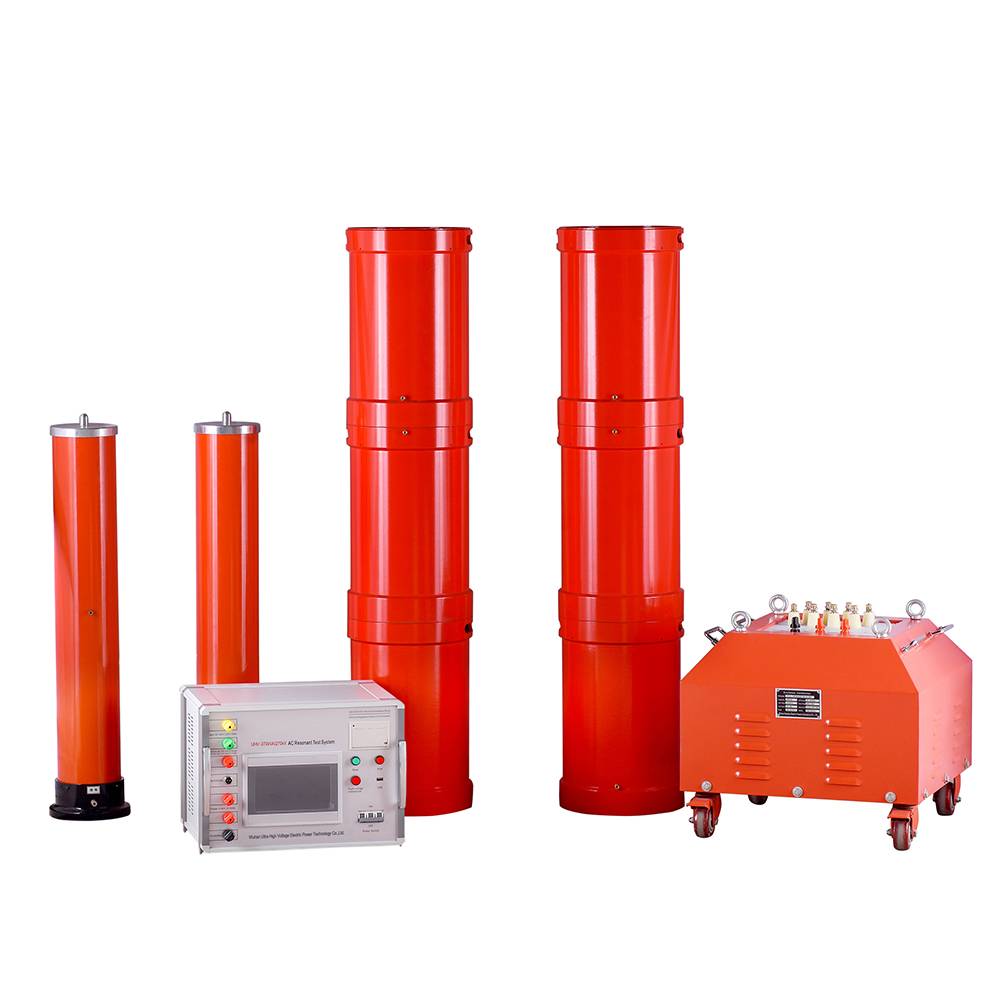
High quality series resonance and strong usability
2025-12-01After using any equipment in a factory for a period of time, its performance, battery voltage, and other aspects need to be tested to see if there are any problems. If there are problems, they need to be solved to ensure its entire testing. When purchasing a series resonant (also known as a cable withstand voltage tester), many people also ask how it is and whether it is suitable for their own choice? In fact, series resonance is a measuring instrument with very high quality and strong usability.Firstly, all the raw materials selected by the manufacturer for the production of series resonance are of relatively high quality and very sturdy, and will also be tested by various departments. Only after passing the test will they be put into the production process, which naturally ensures that the series resonance selected by the manufacturer fundamentally determines its overall quality. Therefore, if you want to choose a better series resonance, you can still choose series resonance. Its hi
MORE -
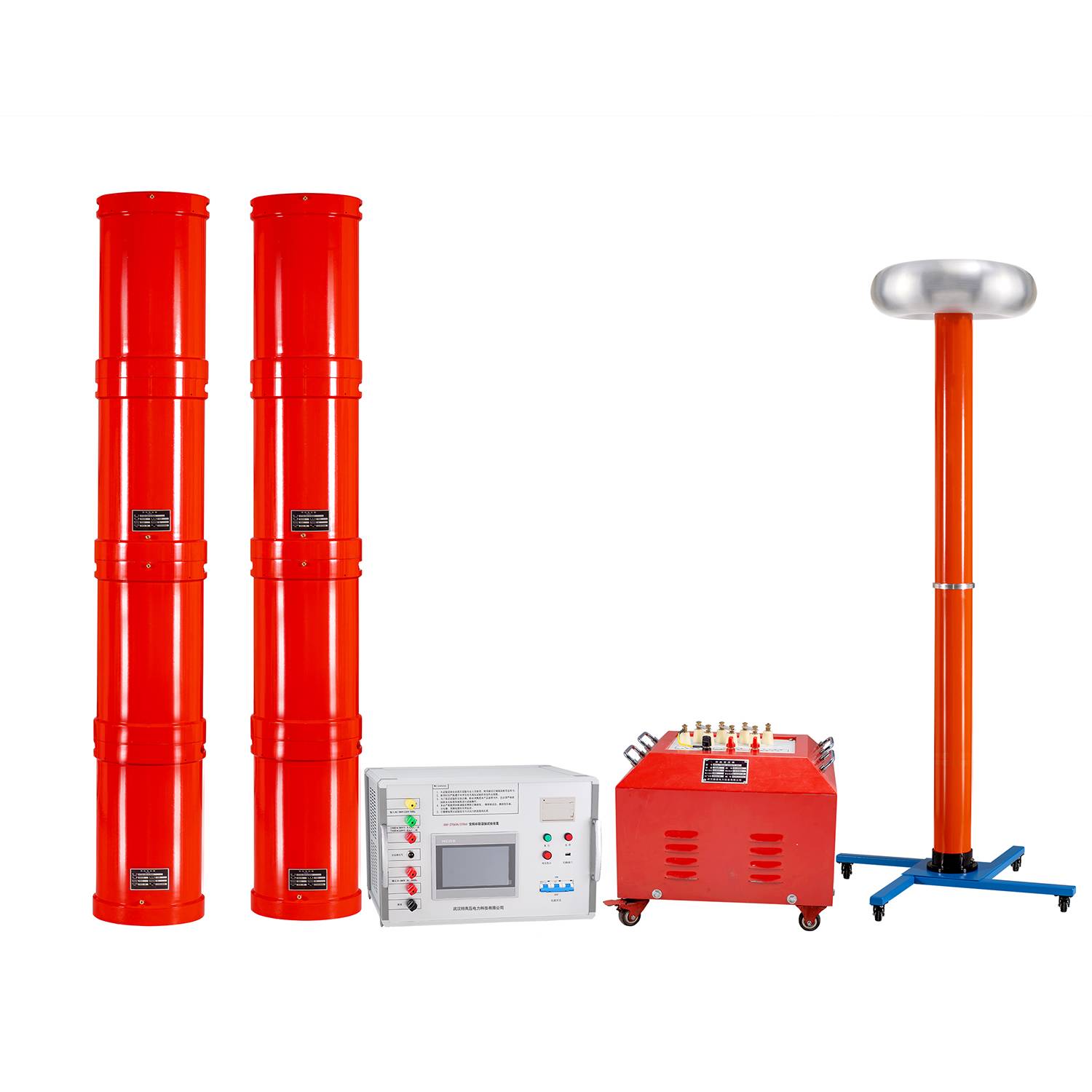
What are the characteristics of using variable frequency series resonance?
2025-12-01Series resonance can also be divided into many different types, for example, variable frequency series resonance is one of them. Before choosing a variable frequency series resonance, you definitely need to understand its usage characteristics in advance to know if it can bring you very high practical value.Firstly, frequency conversion can be wirelessly controlled and transmitted through Bluetooth. Any device needs to control it during signal transmission in order to achieve a very good transmission effect. Therefore, when using frequency conversion series resonance, if its transmission performance needs to be operated by oneself, personally counting and setting data will only increase the difficulty of the entire measurement, and even waste more time on it. However, after choosing the variable frequency series resonance, one can feel that its Bluetooth output effect is very high, saving oneself a lot of time and energy. It is indeed a very worthwhile choice for oneself to choose the
MORE -
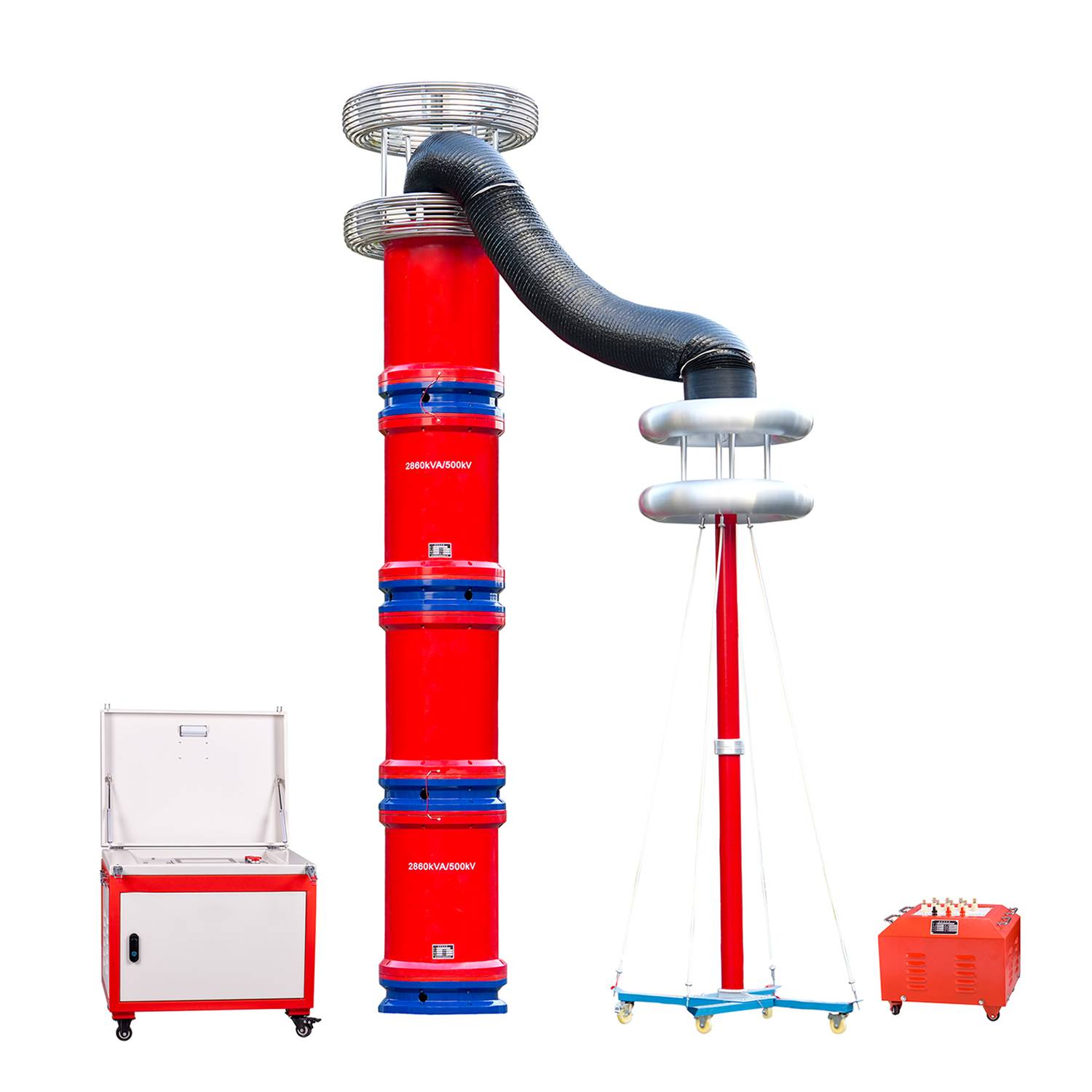
Variable frequency resonant voltage withstand test device
2025-12-01Variable frequency resonant voltage withstand test device? Wuhan UHV specializes in the production of series resonance, with a wide range of product selection and professional electrical testing. To find series resonance, choose Wuhan UHV. The frequency conversion resonance withstand voltage test device is widely used in industries such as power, metallurgy, petroleum, chemical, etc. It is suitable for high-capacity and high-voltage capacitive test samples, such as generators, transformers, etc GIS、 Handover and preventive tests for high-voltage cross-linked cables, transformers, bushings, etc. Principle of frequency conversion resonance withstand voltage test deviceWe know that when the circuit frequency f=1/2 π√ LC, resonance occurs in the circuit, and the voltage on the test sample is Q times the output voltage of the excitation transformer high voltage end. Q is the system quality factor, which is the voltage resonance multiple, generally ranging from tens to hundreds or more. Firs
MORE -
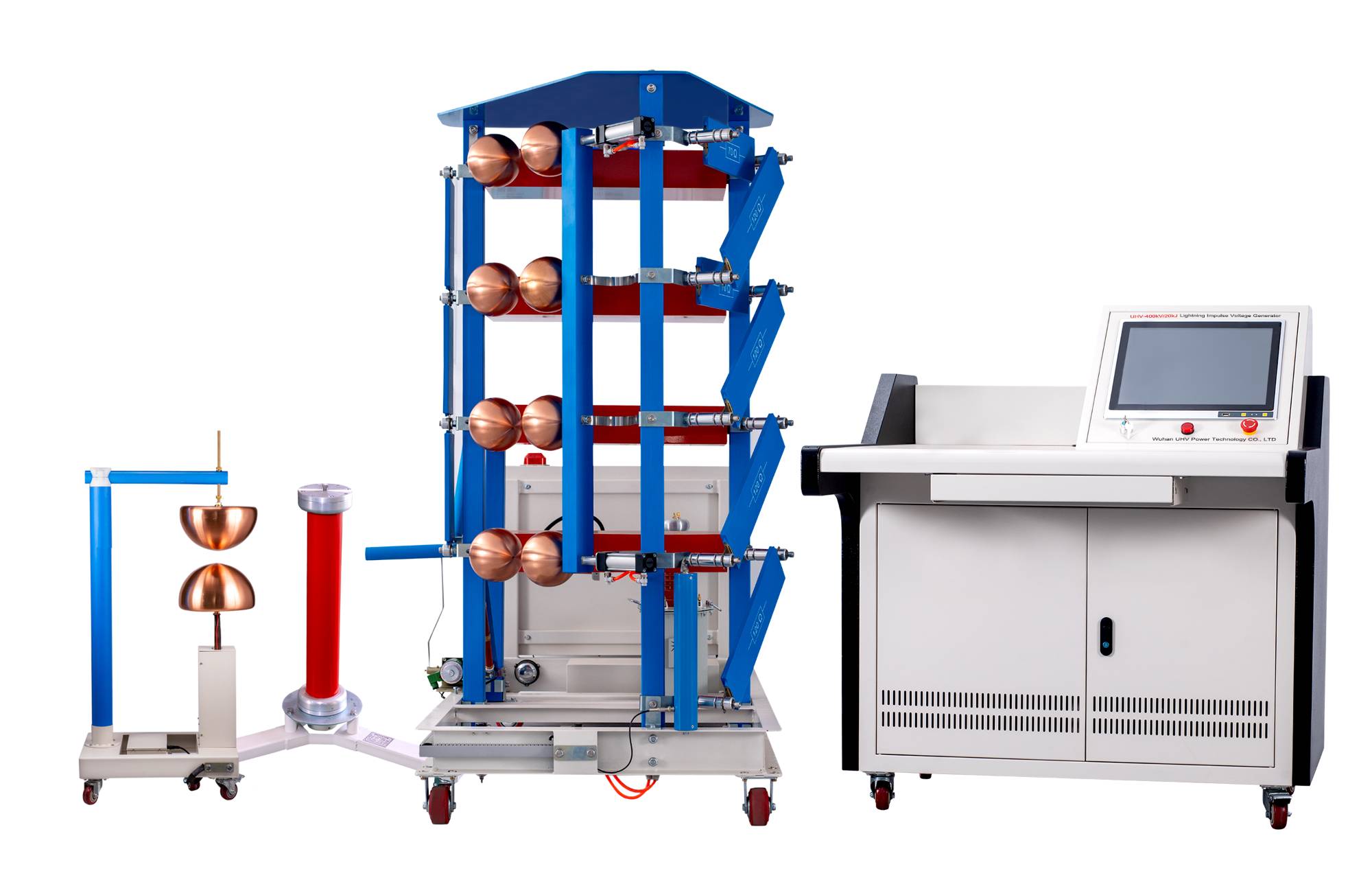
Brand ranking of impulse voltage tester
2025-11-28The lightning impulse voltage generator test device under Wuhan UHV can help many power workers conduct various power tests more conveniently.In the fields of electrical equipment manufacturing, power system operation, and scientific research and testing, the impulse voltage tester is the core equipment for evaluating the insulation performance of equipment and ensuring the safe and stable operation of the power grid. It mainly tests the insulation strength and tolerance of various high-voltage electrical appliances, power transformers, insulators and other products by simulating lightning impulse voltage and operating impulse voltage. Faced with numerous brands in the market, users often need to consider multiple factors such as technical strength, product performance, market applications, and service support when choosing, in order to make the most suitable judgment for their own needs. In this field, Wuhan's UHV power equipment production has established a significant position i
MORE -
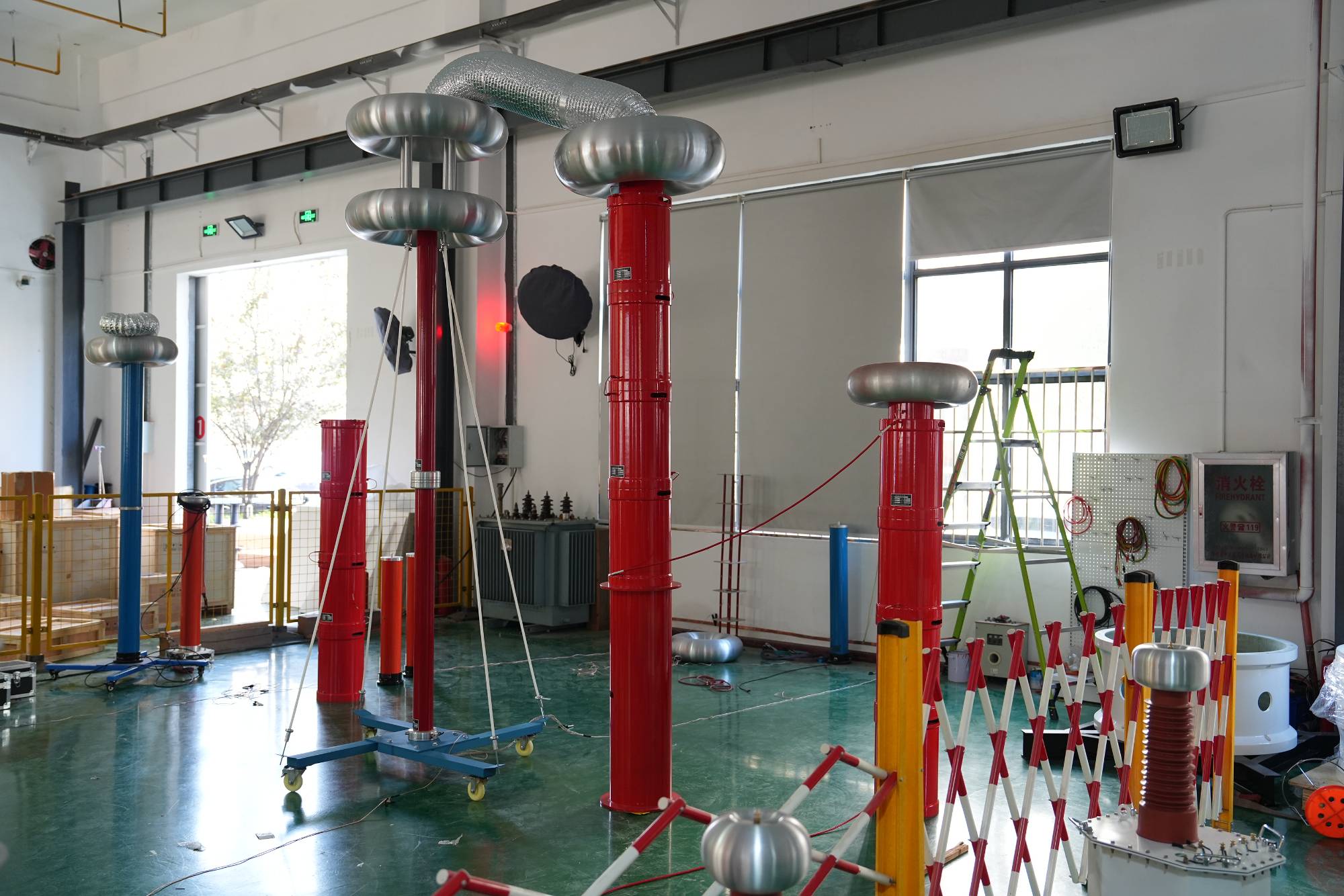
The conditions for generating series resonance are
2025-11-28What are the conditions for generating series resonance? Wuhan UHV specializes in the production of series resonance, with a wide range of product selection and professional electrical testing. To find series resonance, choose Wuhan UHV. The series resonance withstand voltage test is a new method of high voltage testing that uses the inductance of a reactor and the capacitance of the test object to form an LC series circuit, adjusts the voltage frequency output of the variable frequency power supply, achieves series resonance, and obtains high voltage on the test object. It has been well received by experts and has been widely used at home and abroad. Currently, we have developed many detection instruments using the principle of series resonance, including series resonance test devices, cable variable frequency series resonance test devices, substation variable frequency series resonance test devices, and resonant boost devices for CVT inspection. According to the principle of resonanc
MORE -
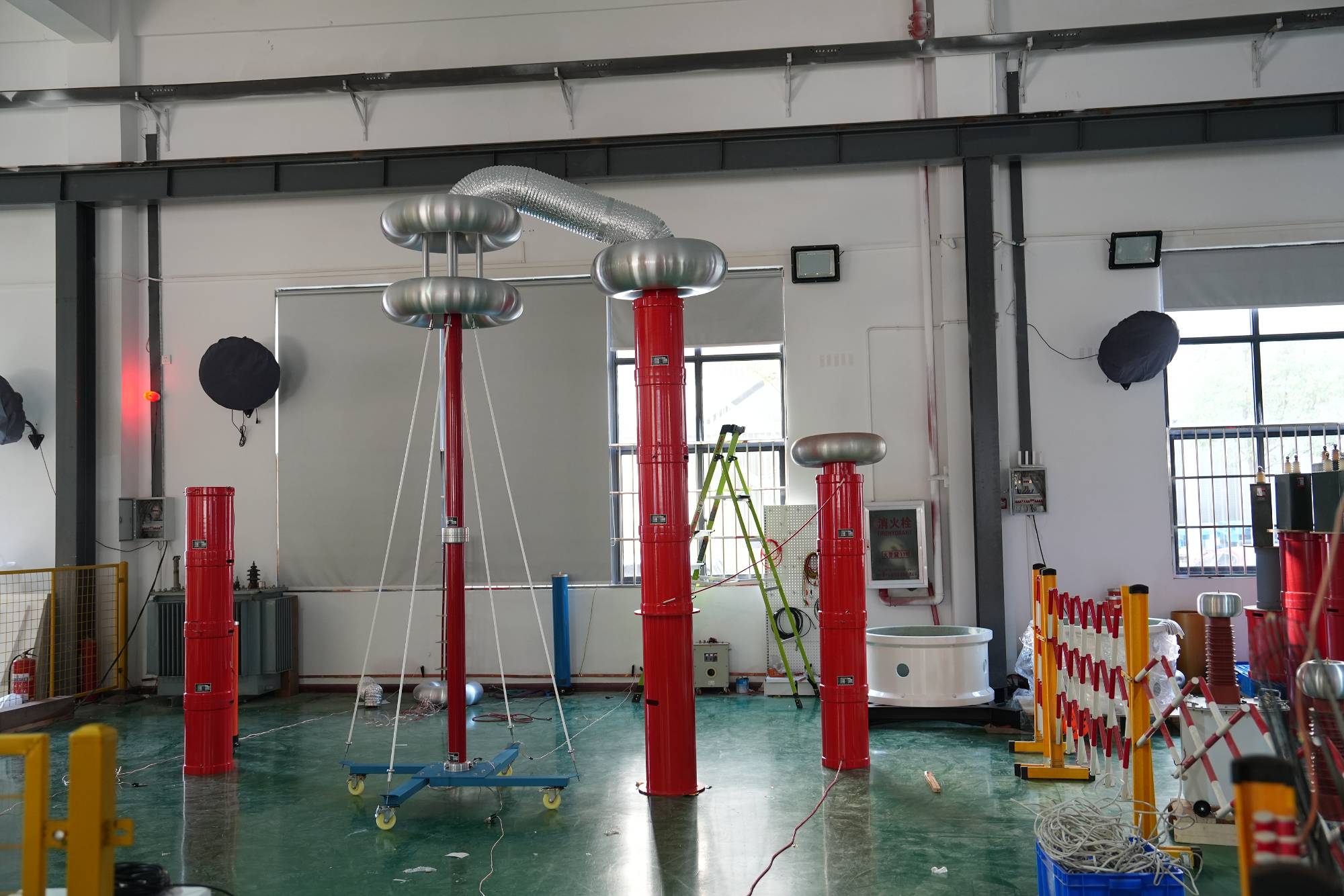
Circuit resonance
2025-11-28Series resonance test device? Wuhan UHV specializes in the production of series resonance, with a wide range of product selection and professional electrical testing. To find series resonance, choose Wuhan UHV. Circuit resonanceThe phenomenon of a passive (referring to a circuit without an independent power source) linear time invariant circuit containing an inductor coil and a capacitor exhibiting pure resistance properties when subjected to an external power source at a specific frequency. This specific frequency is the resonant frequency of the circuit. A circuit whose main working state is resonance is called a resonant circuit. Radio equipment uses resonant circuits to perform functions such as tuning and filtering. The power system needs to prevent resonance to avoid causing overcurrent and overvoltage. There are linear resonance, nonlinear resonance, and parametric resonance in circuits. The former is resonance that occurs in linear time invariant passive circuits, with series r
MORE -
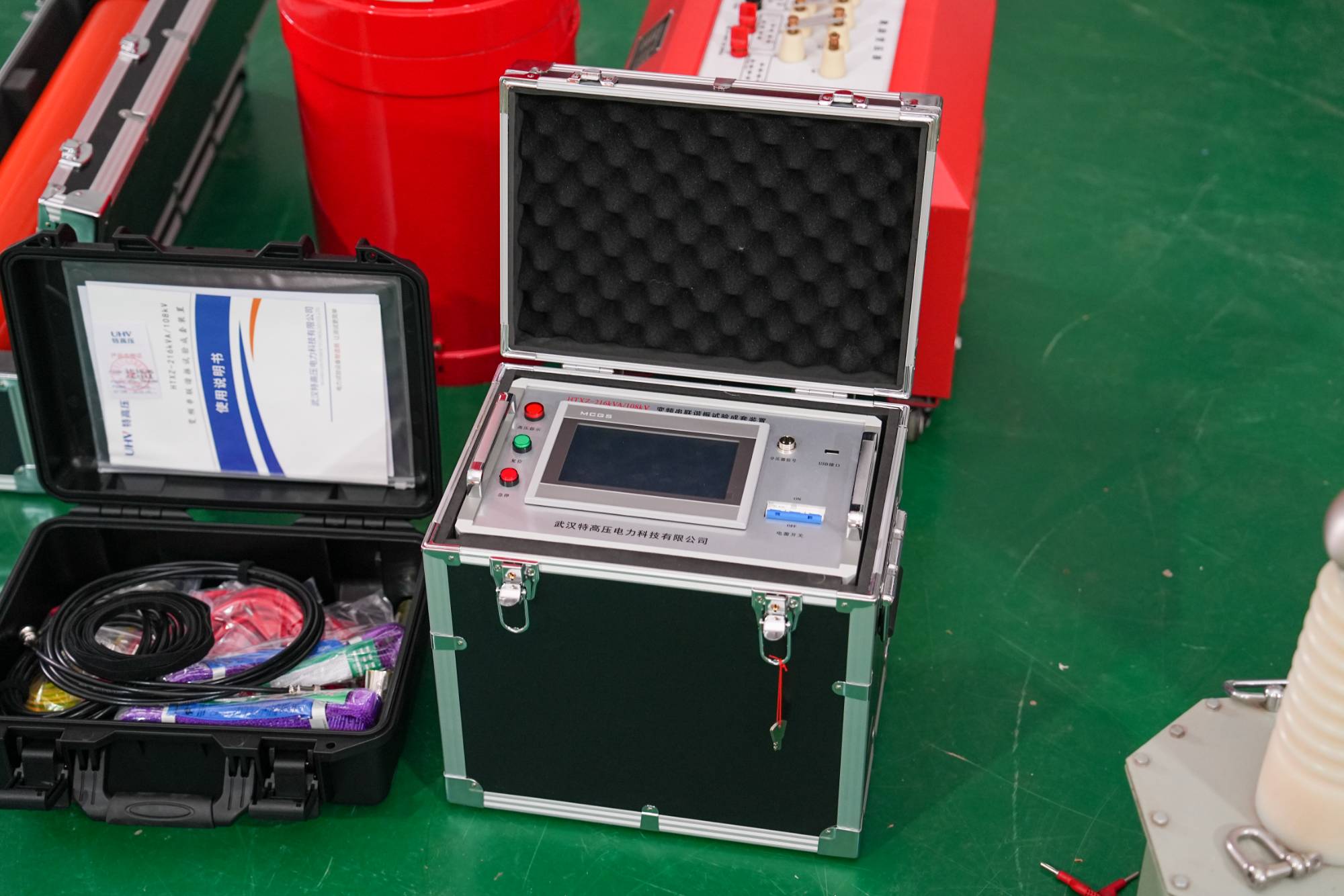
What is the current market price of series resonant voltage dividers?
2025-11-27Factories definitely need to understand all aspects of equipment testing instruments when choosing them, in order to ensure a more reassuring and secure selection and use. Of course, when choosing a series resonant voltage divider, they also hope to know its market price in advance. So, what is its market price?If you want to know the market price of a series resonant voltage divider, you really need to understand many different aspects and details to know the final answer. You can't just say that you don't know what type and style of series resonant voltage divider you want to buy and just want to know its market price. What can you do after understanding it? I still cannot provide myself with the most direct information. Only by first determining the brand type of series resonant voltage divider I need, can I determine the style and final price based on its brand awareness.However, in fact, the series resonant voltage divider sold in the market is still relatively cheap, and
MORE -

Recommended by temperature rise equipment manufacturers
2025-11-27The fully automatic temperature rise test device under Wuhan UHV can help many power workers conduct various power tests more conveniently.The temperature rise test device of Wuhan UHV adopts military grade temperature sensors, which have extremely high measurement accuracy and can control the monitoring accuracy within ± 0.1 ℃. At the same time, with advanced AI algorithms, temperature time curves can be automatically generated to accurately locate the saturation point of temperature rise. Its data consistency has passed CNAS certification, providing users with reliable data support.The company's temperature rise equipment performs well in current output, with an output current fluctuation rate of ≤ 0.5%. It can support stable long-term output of 100A-5000A high current, meeting domestic and foreign standards such as GB/T 16927. This enables the device to be suitable for temperature rise testing of various types of power equipment, whether it is small electronic components, large
MORE -

Brand selection of impulse voltage testing device
2025-11-27The lightning impulse voltage generator test device under Wuhan UHV can help many power workers conduct various power tests more conveniently.In high-voltage electrical equipment, especially power transformers GIS、 In the research and development, type testing, and factory testing of key equipment such as high-voltage cables, impulse voltage testing is a key step in testing whether their insulation strength can withstand lightning overvoltage and operational overvoltage. A high-performance and reliable impulse voltage testing device is the cornerstone of ensuring the authority and accuracy of test results, which directly affects the quality of power equipment and the safety of power grid operation. Among numerous manufacturers providing high-voltage testing solutions, Wuhan UHV has become a trusted choice for users in this field due to its profound technical expertise and mature product system.When choosing a brand of impulse voltage testing device, the consideration of technical stren
MORE -
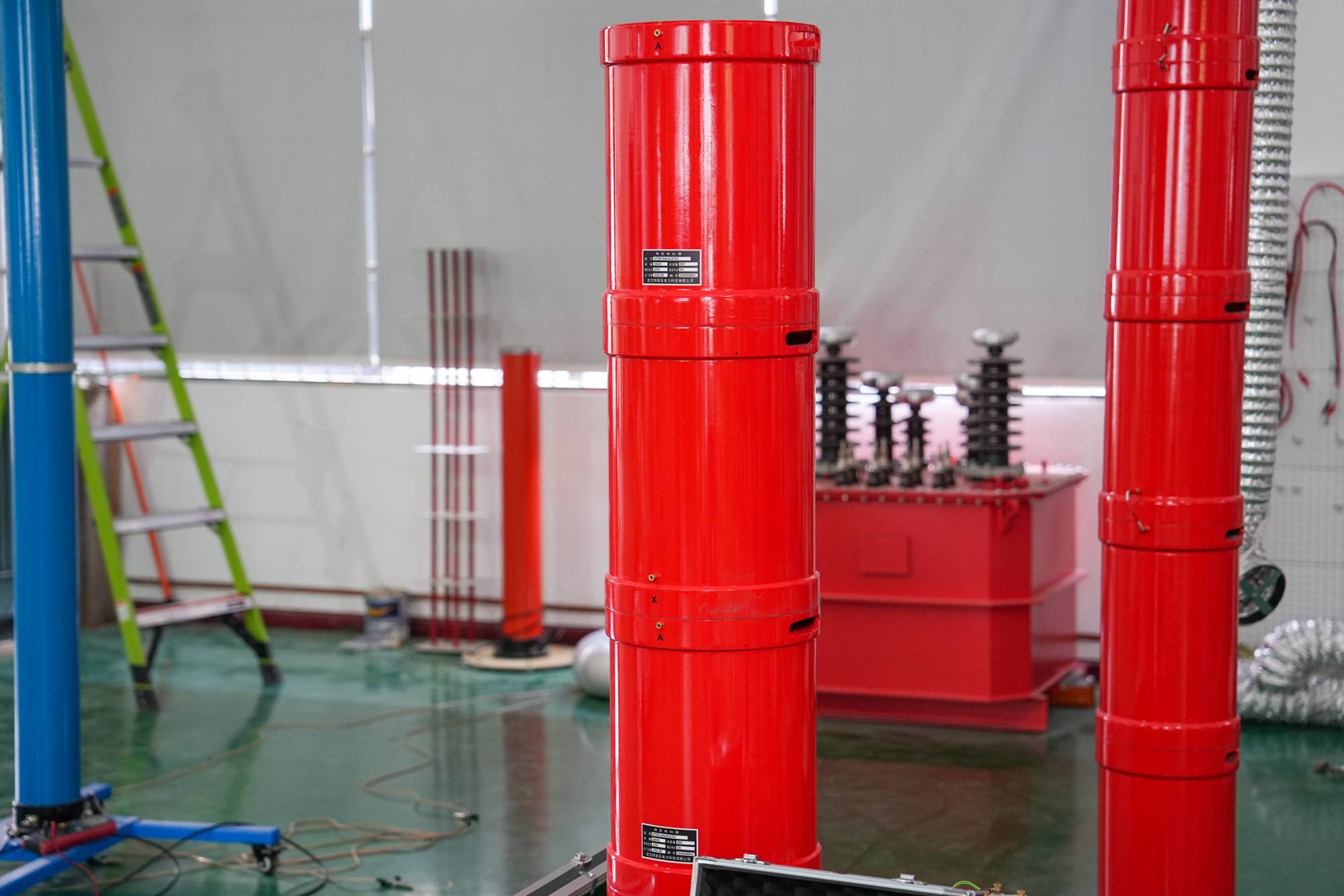
Series resonance can be used in different industries
2025-11-26If it comes to series resonance, I believe many people have some understanding before, but now series resonance has been widely used in different industries, playing its unique advantages. Because series resonance does have many advantages and can meet the testing needs of different factories.The reason why we say this is also because factories use equipment for a long time to produce products, and there may be small defects in the resistance and voltage of the equipment. If you want to improve the production efficiency of the equipment, you definitely need to test its current and voltage to understand what problems are happening in order to know the specific solution. If you test it in your own way, it will only waste more time and energy, and it is very likely that you will not be able to find the problem.However, if a series resonant device detector is chosen to detect the specific problems of engineering equipment, what specific problems can be found in a short time? It can also pr
MORE -

RLC series resonant circuit
2025-11-26RLC series resonant circuit? Wuhan UHV specializes in producing RLC series resonant circuits, with a wide range of product options and professional electrical testing. When looking for RLC series resonant circuits, choose Wuhan UHV.What is an RLC series circuit? The series circuit composed of resistors, inductors, and capacitors is called an RLC series circuit. What is circuit resonance? A circuit composed of resistors, inductors, and capacitors, under the action of a sine power supply, exhibits resistive behavior when the voltage and current are in phase, and the working state of the circuit is called resonance. At this point in the series circuit, the resonant circuit impedance | Z0 | is at its minimum, and the entire circuit is equivalent to a pure resistance circuit. The voltage of the excitation power supply is in phase with the response voltage of the circuit. During resonance, the inductance ω 0L is equal to the capacitive impedance 1/ω 0C, and the voltage UL on the inductance
MORE -

Variable frequency series resonance
2025-11-26Variable frequency series resonance? Wuhan UHV specializes in producing variable frequency series resonance, with a wide range of product selection and professional electrical testing. When looking for variable frequency series resonance, choose Wuhan UHV. Principle of frequency conversion series resonance:The variable frequency series resonant device uses the principle of series resonance, excites the series resonant circuit with an excitation transformer, adjusts the output frequency of the variable frequency controller, and causes the circuit inductance L and the test sample C to resonate in series. The resonant voltage is the voltage applied to the test sample. BPXZ-HT series resonance test, the variable frequency series resonance device mainly consists of a variable frequency controller, excitation transformer, high-voltage reactor, high-voltage voltage divider, etc. Variable frequency controllers are divided into two categories: desktop controllers with 20KW and above, and portab
MORE -

What is the market reputation of series resonance?
2025-11-25When choosing a batch of series resonators (also known as FM series resonators), everyone hopes that their performance can be well guaranteed, reflecting their overall value of use. When choosing, they will definitely understand their reputation? After all, word-of-mouth information can determine whether it is worth buying.When choosing a series resonance device, you will find that the market reputation of the testing qualification equipment is very good. As long as you know which measuring instrument is better, many people will say that series resonance is a material with very high value. After choosing it, you can get very good protection in all aspects. You don't have to worry about always malfunctioning during use, and you don't have to worry about not getting very accurate data during use. You don't have to worry about these aspects at all. Because the series resonant manufacturer had already considered various small details during the initial design, it can make every
MORE -

Variable frequency resonance
2025-11-25Variable frequency resonance? Wuhan UHV specializes in the production of series resonance, with a wide range of product selection and professional electrical testing. To find series resonance, choose Wuhan UHV. Variable frequency resonance uses the method of adjusting the frequency of the power supply to achieve resonance between the reactor and the tested capacitor, obtaining high voltage and high current on the tested object. It is a new method and trend in current high-voltage testing, and has been widely used both domestically and internationally. The frequency conversion resonance adopts a dedicated SPWM digital waveform generation chip with a frequency resolution of 16 bits, and the frequency fineness can reach 0.1Hz between 20-300Hz. It adopts an orthogonal asynchronous fixed carrier modulation method to ensure good output waveform throughout the entire frequency range; The power section adopts advanced IPM modules to ensure instrument stability and safety with minimal weight. T
MORE -

VLF withstand voltage tester
2025-11-25VLF withstand voltage tester? Wuhan UHV specializes in producing VLF high voltage generators, with a wide range of product options and professional electrical testing. When looking for VLF high voltage generators, choose Wuhan UHV. The VLF withstand voltage tester adopts a series scientific method, which has the advantages of small size, light weight, and easy handling. Especially, this equipment can be used for multiple purposes due to its series connection, making it particularly suitable for XLPE, PE, EPA, RL, PlLC cables and their accessories of medium voltage level, 10kV, and 35kV, and conducting on-site testing. Economical and practical, easy to operate. The VLF withstand voltage tester combines modern digital frequency conversion advanced technology, adopts microcomputer control, and fully automates the boosting, lowering, measurement, and protection processes. It can also be manually intervened during the automatic boosting process. Due to full electronicization, it has a small
MORE -
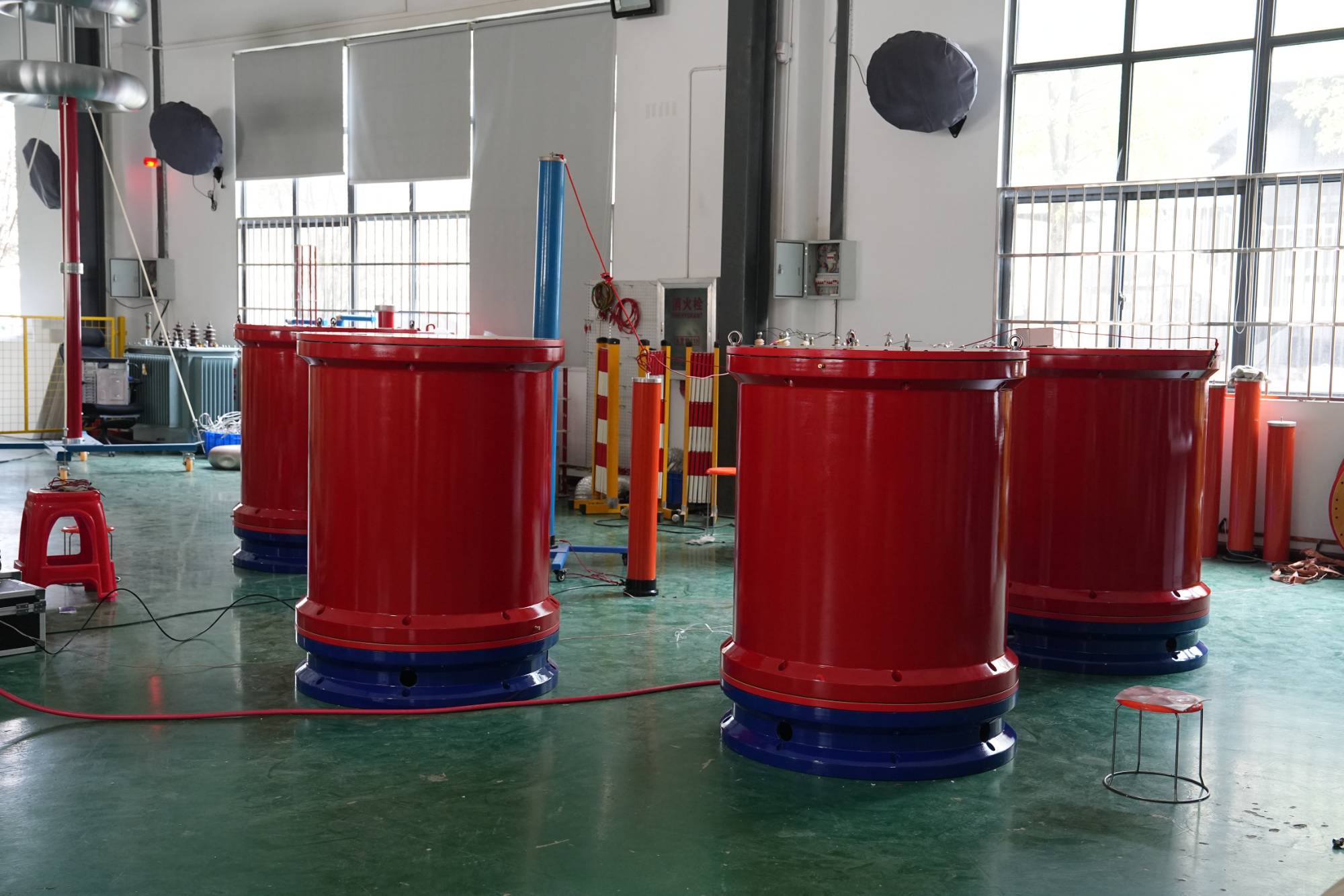
Is series resonance a good device?
2025-11-24No matter what kind of equipment you purchase, you definitely hope that the device you choose requires very high performance and meets your selection needs. However, for those who choose to purchase series resonance, they may not have much exposure to series resonance at the beginning, so they may also ask if series resonance is a good measuring instrument. The following can tell you that it is a good device.Series resonance, also known as frequency modulation series resonance, is relatively simple to operate. For any factory, time is life and time is money. If you waste a lot of time using a measuring instrument, it will only increase your overall production cost and cannot increase your profit at all. However, when using series resonance, you will find that its usability is particularly high and the operation is relatively convenient. The buttons on the entire page are relatively small, and it does not take a lot of time to operate directly. You can directly understand what problems
MORE -

What are the necessary things to know when choosing to purchase a series resonance?
2025-11-24It goes without saying that series resonance has very high performance, and it has also made more buyers realize that series resonance equipment brings great convenience to production. Therefore, I also hope to know what issues to pay attention to when purchasing series resonance?When choosing to purchase a series resonant device, it is necessary to understand whether its overall workmanship is delicate, because the degree of workmanship is closely related to its overall usability. If a factory cannot guarantee the processability of each production process when producing series resonant devices, it is impossible to say that it is a very good device measuring instrument, nor can it be said that it brings very good performance guarantee to oneself when using it. Therefore, when purchasing a series resonance, one must consider its processability? Is it within your own choice range? If you are satisfied, you can choose, and if you are not satisfied, there is no need to choose.When people r
MORE -

Procurement of Cable Impulse Voltage Tester
2025-11-24The lightning impulse voltage generator test device under Wuhan UHV can help many power workers conduct various power tests more conveniently.In the insulation performance testing of power cables, the cable impulse voltage tester is an indispensable key equipment, and its procurement selection directly affects the accuracy of the testing results and the safety of cable operation. The cable impulse voltage tester of Wuhan UHV Power Technology Co., Ltd. has become the preferred target for procurement due to its performance and full process service advantages in adapting to multiple cable types.The Wuhan UHV cable impulse voltage tester has outstanding technical adaptability. This device covers voltage levels from 10kV to 500kV and can be used to test cables made of different materials such as cross-linked polyethylene cables, oil paper insulated cables, and rubber insulated cables. It supports two waveforms: lightning impulse (1.2/50 μ s) and operational impulse (250/2500 μ s), with wave
MORE -

How to choose a series resonant manufacturer?
2025-11-21When purchasing any product, it is necessary to understand its manufacturer? Can one determine whether it is suitable for oneself to choose? And for choosing series resonance (also known as variable frequency series resonance device), this is especially true. Some people may also ask how series resonance manufacturers choose? After all, if a manufacturer makes the wrong choice, it will directly affect its overall usability.Firstly, before choosing a series resonance manufacturer, one can have some understanding of the series resonance performance and other aspects they have previously sold, so as to know the quality and performance of the series resonance they have mentioned? Is it really possible to detect problems with your factory equipment in a timely manner within your own usage range? If possible, you can purchase a batch of series resonators from the factory. If not, there is no need to purchase them. Because purchasing can also have a significant negative impact on oneself, the
MORE -

High cost-effectiveness of series resonance test device
2025-11-21When purchasing any type of tester, it is necessary to consider its overall cost-effectiveness? At this point, it is suitable for one's own use, and the same goes for purchasing a series resonance. Many people pay attention to its cost-effectiveness before purchasing, hoping to find a series resonance with high cost-effectivenessIt can be said that the series resonance currently available in the market does have a very high cost performance ratio. For example, its operation is relatively convenient. Some people feel that the measuring instrument they have purchased is a bit difficult to operate? Do we need to spend a lot of time on ourselves? Only with energy can the operation be completed, but in fact, it is not as people think. Due to the continuous improvement of the manufacturer's strength in processing the entire series resonance page and buttons, there are many advantages, which can ensure that everyone feels its convenience during the entire operation. Moreover, it will
MORE









